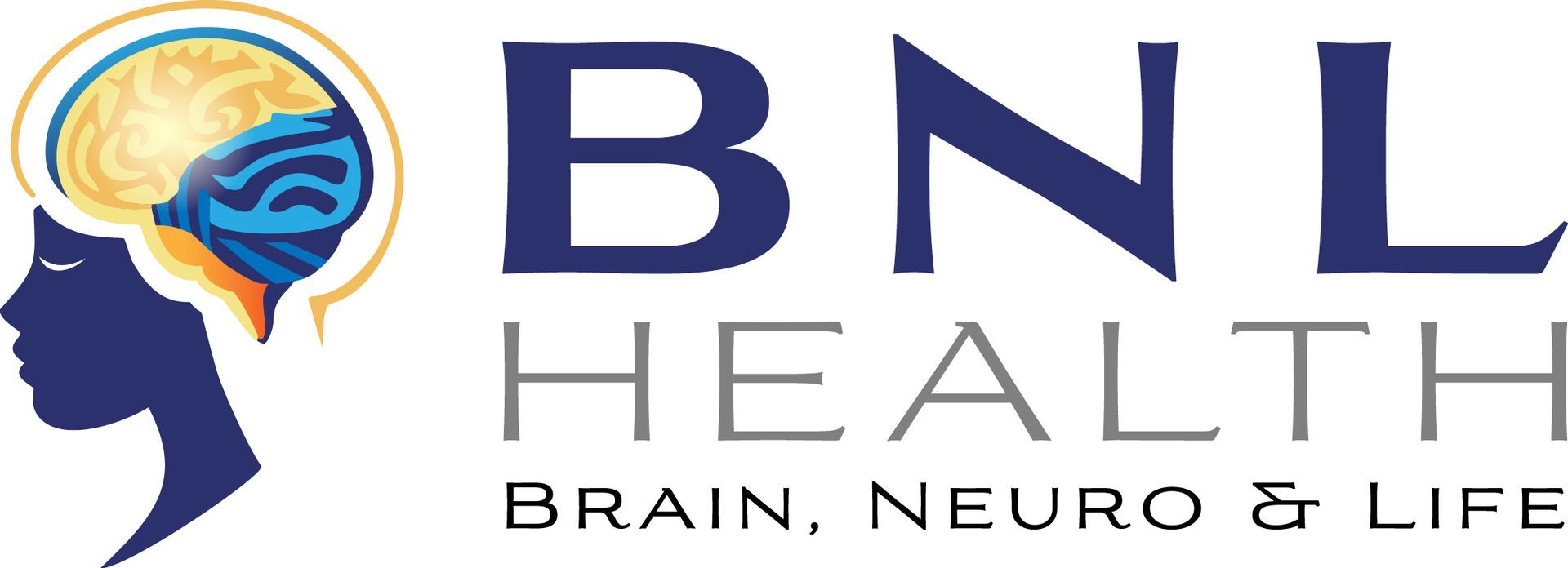MOVEMENT DISORDERS
BNL HEALTH
For over a decade, providers at BNL Health have been helping patients overcome the symptoms and challenges that come along with movement disorders. Movement disorders is a term used to describe a group of neurological conditions that impact a patient’s movements. Depending on the specific disorder, its stage and severity, and a variety of other factors, a patient may experience a range of movement difficulties, including a lack of fluency and/or speed (dyskinesia), loss of and/or slowed voluntary movement (hypokinemia), and involuntary movements (hyperkinesia). Various common conditions include Parkinson’s disease (PD) and other movement disorders including dystonia, chorea, tics and tremors. We have the most up-to-date knowledge of movement disorder treatments and therapies.
Some of the most common types of movement disorders include:
- Parkinson’s disease – Parkinson’s is the most widespread and common form of Parkinsonism. Parkinsonism is a group of motor system diseases that progresses slowly and is caused by the loss of dopamine-producing brain cells.
- Essential tremor (ET) –This often inherited movement disorder is also one of the most common. This progressive disease typically starts to show itself in early adulthood and causes tremors when patients are doing everyday tasks like drinking a glass of water or extending their arms.
- Dystonia – This movement disorder actually is due to the over activity in the main muscles, the involuntary movement of competing muscles and also hyper activity in muscles that are not normally required for movement.
- Ataxia – Affecting the arms and legs, Ataxia mainly impairs a patient’s balance and coordination. This movement disorder may also affect other parts of the body including eye movement, speech and the hands.
- Huntington’s disease – This degenerative disorder commonly presents itself in people in their 30s and 40s but can affect varying age groups. Huntington’s disease is a progressive, inherited disease that directly impacts the patient’s movement and cognitive functioning.
WHEN SHOULD YOU SEE A SKILLED PROVIDER FOR YOUR MOVEMENT DISORDER?
Oftentimes movement disorders can set in slowly. It is best to address these symptoms early on with a diagnosis and treatment plan.
If you or a loved one is affected by a movement disorder, contact
BNL Health
today: 310-277-9534
Contact Us
Phone: 310.277.9534
eFax: 310.534.8238
Office Hours
Monday - Friday: 8:00 am - 4:30 pm
Saturday - Sunday: Closed
FIND US
Main Office
Branch Offices
Start Feeling Better and Living a Healthier Life!
We will get back to you as soon as possible.
Please try again later.

